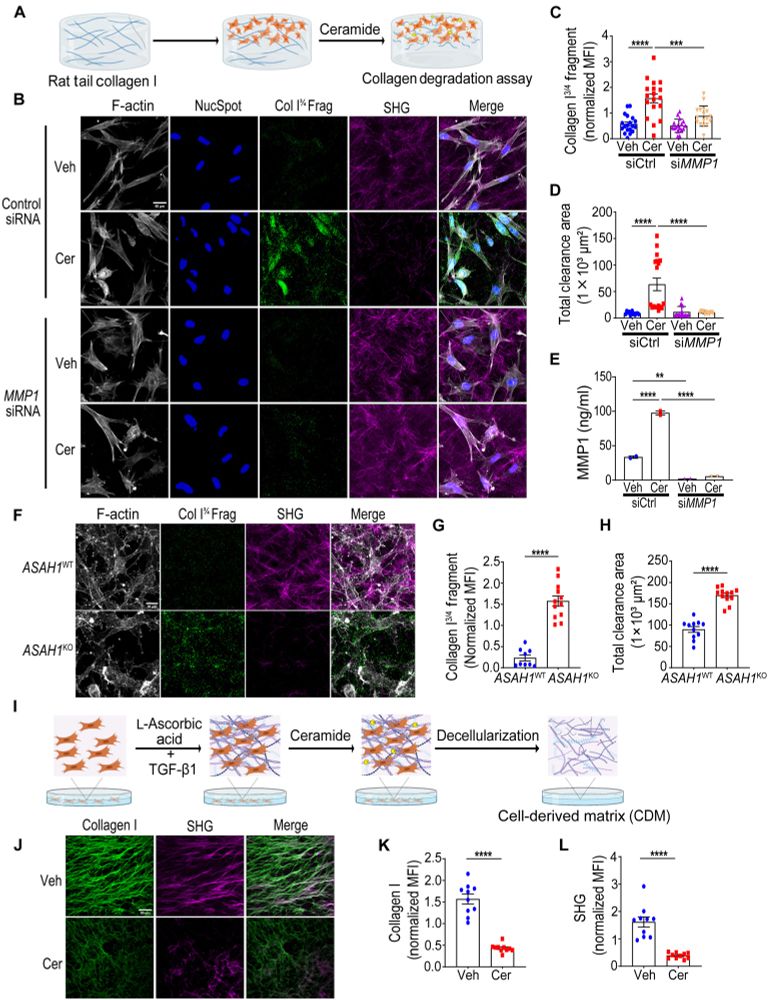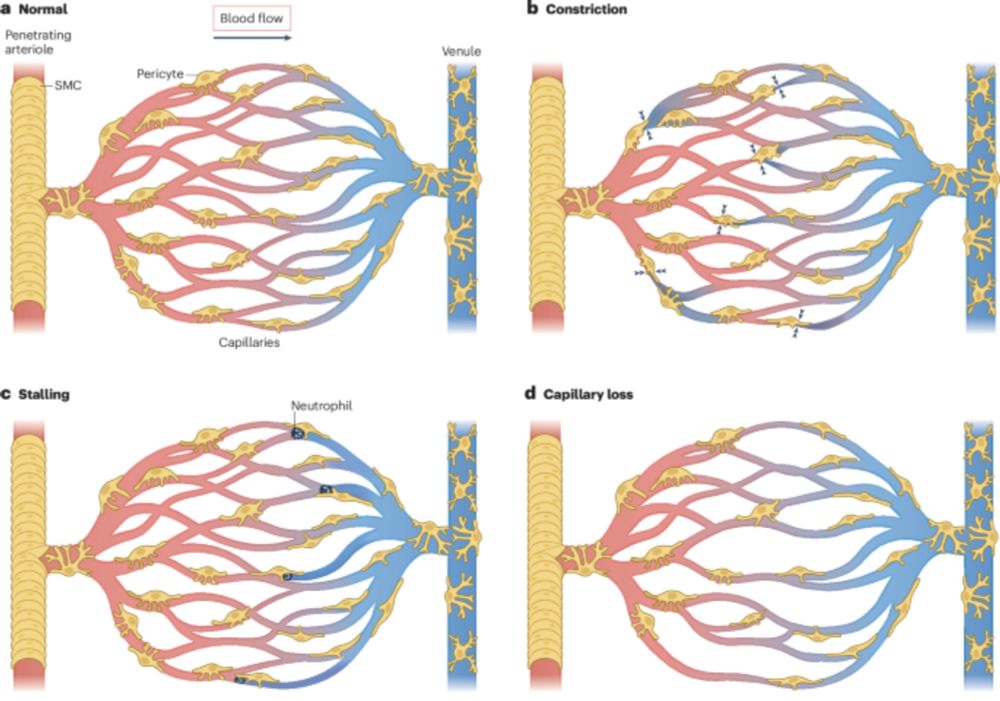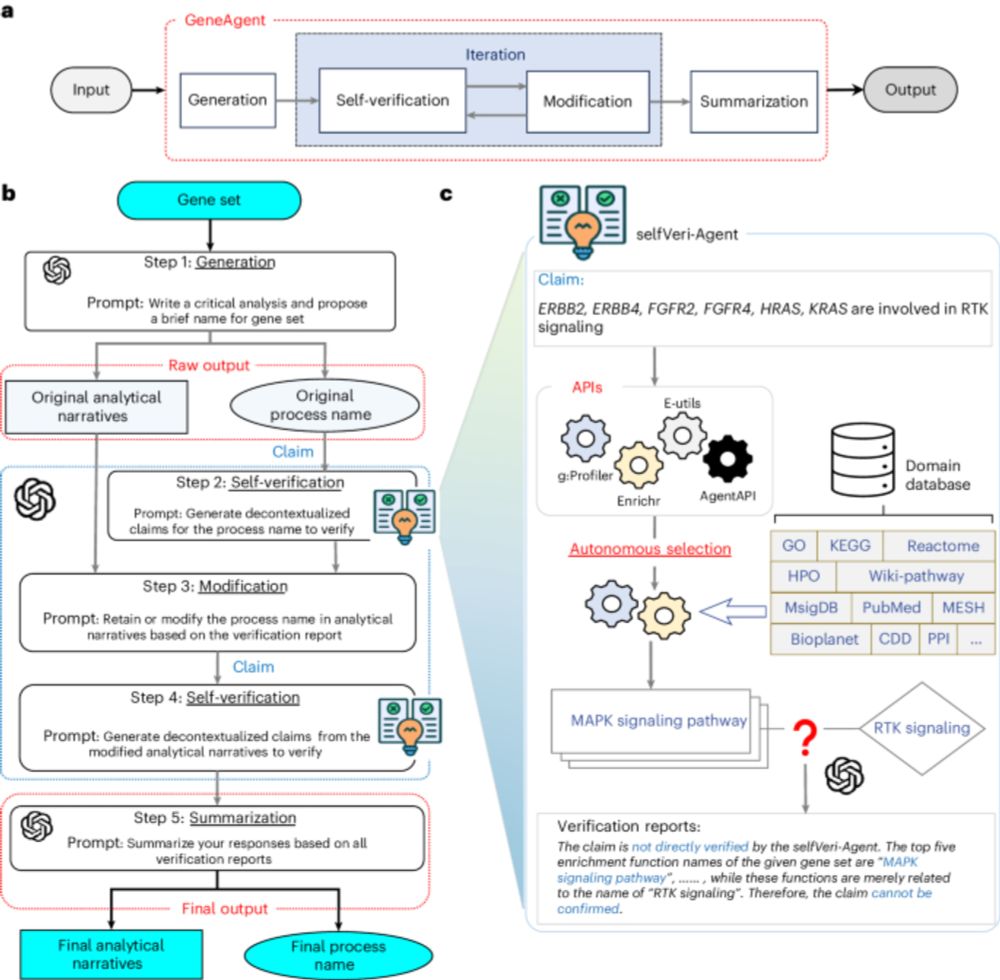

@NatureComms, advancing our understanding of interstitial lung disease. Congrats to co-senior authors Drs. Jeremy Katzen and Kostas Alysandratos and their teams @Penn @CReM_Boston. Check it out here: www.nature.com/articles/s41...

@NatureComms, advancing our understanding of interstitial lung disease. Congrats to co-senior authors Drs. Jeremy Katzen and Kostas Alysandratos and their teams @Penn @CReM_Boston. Check it out here: www.nature.com/articles/s41...
The regulation of most proteins is dominated by different regulatory mechanisms across cell types.
Gratifyingly, this complex regulation defines simple rules ⬇️
www.biorxiv.org/content/10.1...

The regulation of most proteins is dominated by different regulatory mechanisms across cell types.
Gratifyingly, this complex regulation defines simple rules ⬇️
www.biorxiv.org/content/10.1...
www.biorxiv.org/content/10.1...

www.biorxiv.org/content/10.1...
www.cell.com/molecular-th...

www.cell.com/molecular-th...
www.nature.com/articles/s41...

www.nature.com/articles/s41...
www.nature.com/articles/s41...

www.nature.com/articles/s41...
www.science.org/doi/10.1126/...

www.science.org/doi/10.1126/...
https://www.biorxiv.org/content/10.1101/2025.08.04.668429v1
https://www.biorxiv.org/content/10.1101/2025.08.04.668429v1
We examine the growing evidence that vascular dysfunction plays a key role in cognitive decline in ageing and dementia, and argue that preserving/restoring CBF should be central to future therapies.
www.nature.com/articles/s41...

We examine the growing evidence that vascular dysfunction plays a key role in cognitive decline in ageing and dementia, and argue that preserving/restoring CBF should be central to future therapies.
www.nature.com/articles/s41...
www.nature.com/articles/s41...

www.nature.com/articles/s41...





